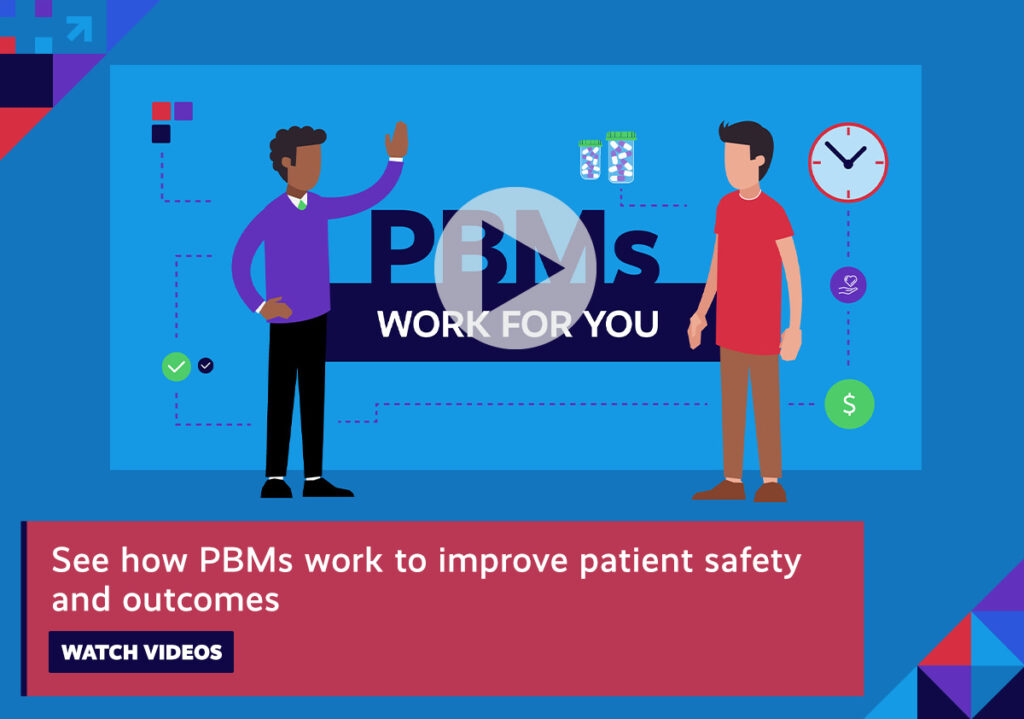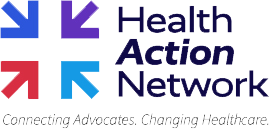A major hospital system in the northeast threatens to leave Maine residents with fewer options for care; new surprise medical billing guidance and resources are made available; hospitals’ drug spending is up, as just-released data points to significant markups for the cancer drugs they administer; Medicare Advantage saves beneficiaries thousands of dollars a year; and, stakeholders urge regulators to focus their attention on who really bears responsibility for rising drug prices.
We encourage you to stay involved as implementation efforts surrounding healthcare reform progress. Visit the Health Action Network and be sure to let us know what’s on your mind.
Item of the Week

Week in Review
Maine Health: As has been covered repeatedly in this newsletter (here, here, and here, for instance), hospitals have firmly established themselves as the leading driver of healthcare costs in this country. Whether through consolidation, price dislocation, or lack of transparency, hospitals and large health systems have exploited their market share to their benefit at the expense of the communities they serve. Perhaps nowhere is this as true as in Maine, where the state’s largest hospital system, MaineHealth, has threatened to terminate its contract for one of its facilities with Anthem BlueCross BlueShield of Maine. While MaineHealth has sought to control the narrative, the dispute stems from the insurer having discovered through an audit that the hospital had been overcharging its customers for years to the tune of nearly $20 million. And, a subsequent audit uncovered millions of dollars more in overcharges. Despite ongoing, good faith attempts by the health plan to resolve this matter through mediation, MaineHealth decided to prematurely alarm consumers throughout the state by announcing its intention to pull one of its hospitals, Maine Medical Center, out of Anthem’s network at the end of this year, threatening access to 300,000 Mainers, while doing nothing to address their rising healthcare costs. With Maine ranking atop the list of per capita annual healthcare spending in the U.S., residents of the Pine Tree State can ill afford the one-two punch of high medical costs and decreased access.
Surprise Medical Billing: Earlier this month, the Centers for Medicare & Medicaid Services (CMS) released updated guidance for patients and providers regarding the “No Surprises Act.” In addition to that guidance, CMS also made available new FAQs surrounding new surprise billing requirements for providers, as well as the provision of good faith estimates for uninsured or “self-pay” individuals. What this all means is that the agency is taking steps towards full implementation of the law that went into effect at the start of this year to protect consumers from the surprise medical bills that can result when they receive care – often emergency care – from doctors or specialists who operate outside their health insurers’ network, despite that care being delivered at facilities that sit inside that network. Following up that announcement, CMS also launched its new online portal for resolving payment disputes for certain out-of-network charges.

Hospital Rx Costs: Last year, total drug spending in the U.S. increased by 7.7 percent, ballooning to nearly $577 billion. Hospitals, alone, accounted for more than $39 billion of that total, marking an 8.4 percent increase from the previous year. Against that backdrop, a new study came out last week detailing how significantly hospitals markup cancer drugs. According to the research published in JAMA Internal Medicine, the prices that private insurers pay to hospitals for these drugs are often at least double what the hospital paid to acquire those medicines. In fact, researchers found that the median price markups actually went as high as 634 percent above the estimated acquisition cost for those drugs. Experts point to the study as an important reminder that blame for high drug prices goes well beyond just drug manufacturers.
MA Savings: According to a new analysis, beneficiaries enrolled in Medicare Advantage (MA) plans saved nearly $2,000 a year on average compared to those enrolled in the traditional fee-for-service (FFS) Medicare program. In 2019, the average total spending per MA beneficiary was $3,524 compared to $5,489 for those in FFS. The findings go on to indicate an increase of $325 in consumer savings for MA enrollees since 2018. Further, the research shows particularly strong results for historically marginalized populations and individuals earning low incomes enrolled in MA. The analysis, released by the Better Medicare Alliance, also shows a 35 percent lower rate of cost burden – defined as spending 20 percent or more of one’s income on health coverage – for MA versus FFS.
Rx Study: With the Federal Trade Commission (FTC) poised to launch a study on the impact of pharmacy benefit managers’ (PBMs) on a wide range of issues, stakeholders are urging regulators to broaden the scope of their inquiry by taking a look at the drug supply and payment chain holistically. The objective, they put forward, should be to better understand the role of every actor in that model and their respective impact on consumers. To do otherwise, they continue, would draw focus away from the outsized role that pharmaceutical companies play in driving up drug costs for our healthcare system, which would be exactly what drugmakers hope to accomplish in their continued efforts to blame others for out-of-control drug prices.
Spotlight

| You can keep up with the latest by following the Health Action Network on Twitter and by liking us on Facebook. And, be sure to check us out on LinkedIn, too. As always, let us know if there’s something you’d like to see covered in a future newsletter. |
